5 Vedic Wisdom Keys for Harmonious Living in Modern Times
Discover 5 Vedic approaches for harmonious living in modern times. Learn to align with nature, practice ethics, eat mindfully, foster global unity, and embrace selfless action. Find balance today.
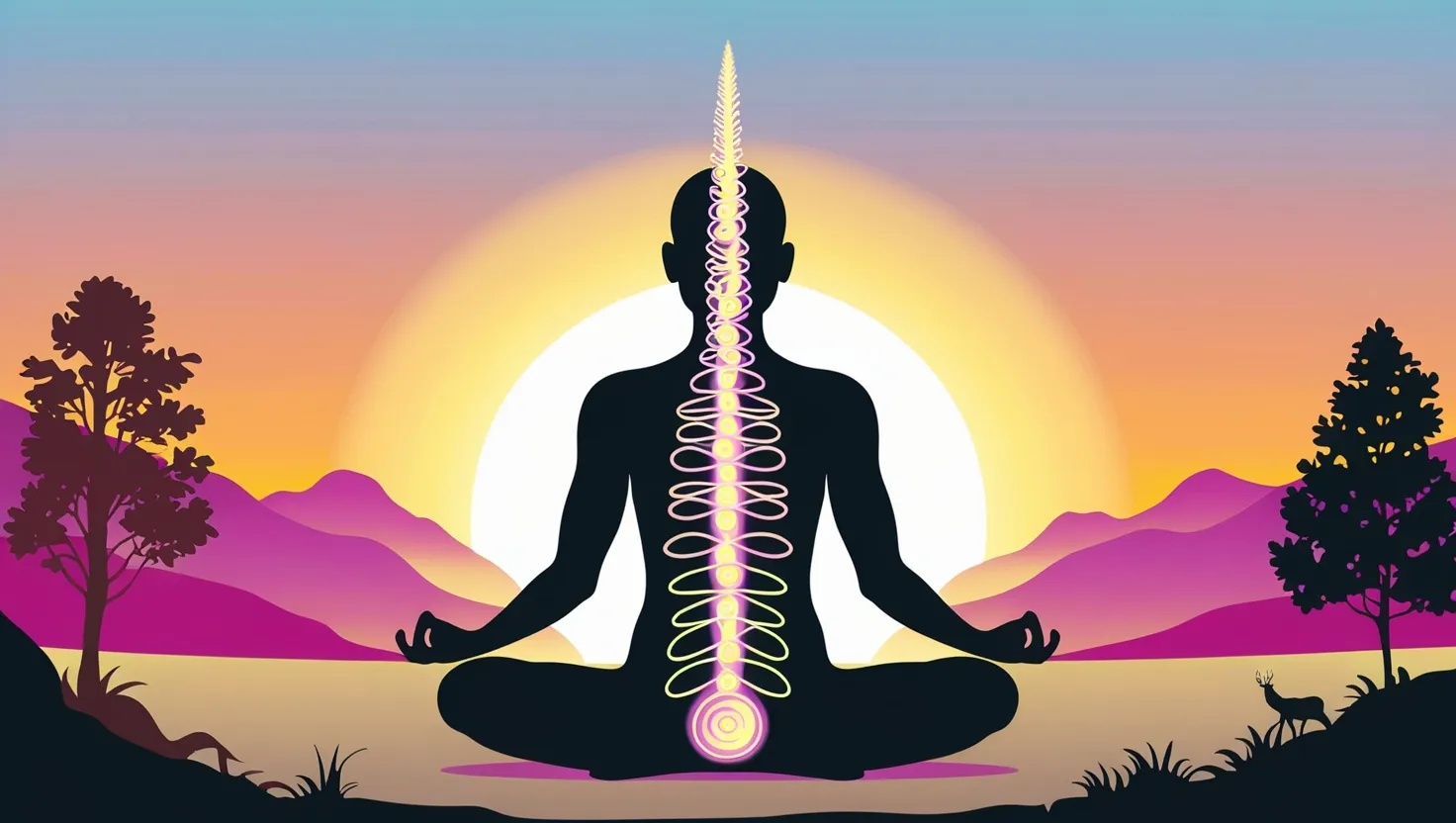
Vedic Wisdom: 7 Ancient Keys to Unlock Your Full Human Potential
Explore ancient Vedic wisdom on self-realization and human potential. Discover key concepts like Svadharma, Tapas, and Kundalini to unlock your fullest potential. Start your journey today!

Vedic Wisdom Unveiled: 5 Ancient Concepts That Challenge Modern Reality
Explore ancient Vedic wisdom on reality, consciousness, and existence. Discover profound insights that challenge perceptions and offer spiritual awakening. Journey into timeless truths.

Vedic Wisdom: 7 Ancient Principles for Modern Environmental Stewardship
Discover ancient Vedic wisdom on environmental harmony. Learn how Ahimsa, respect for nature, and sustainable practices can guide our modern world. Explore eco-friendly living today.
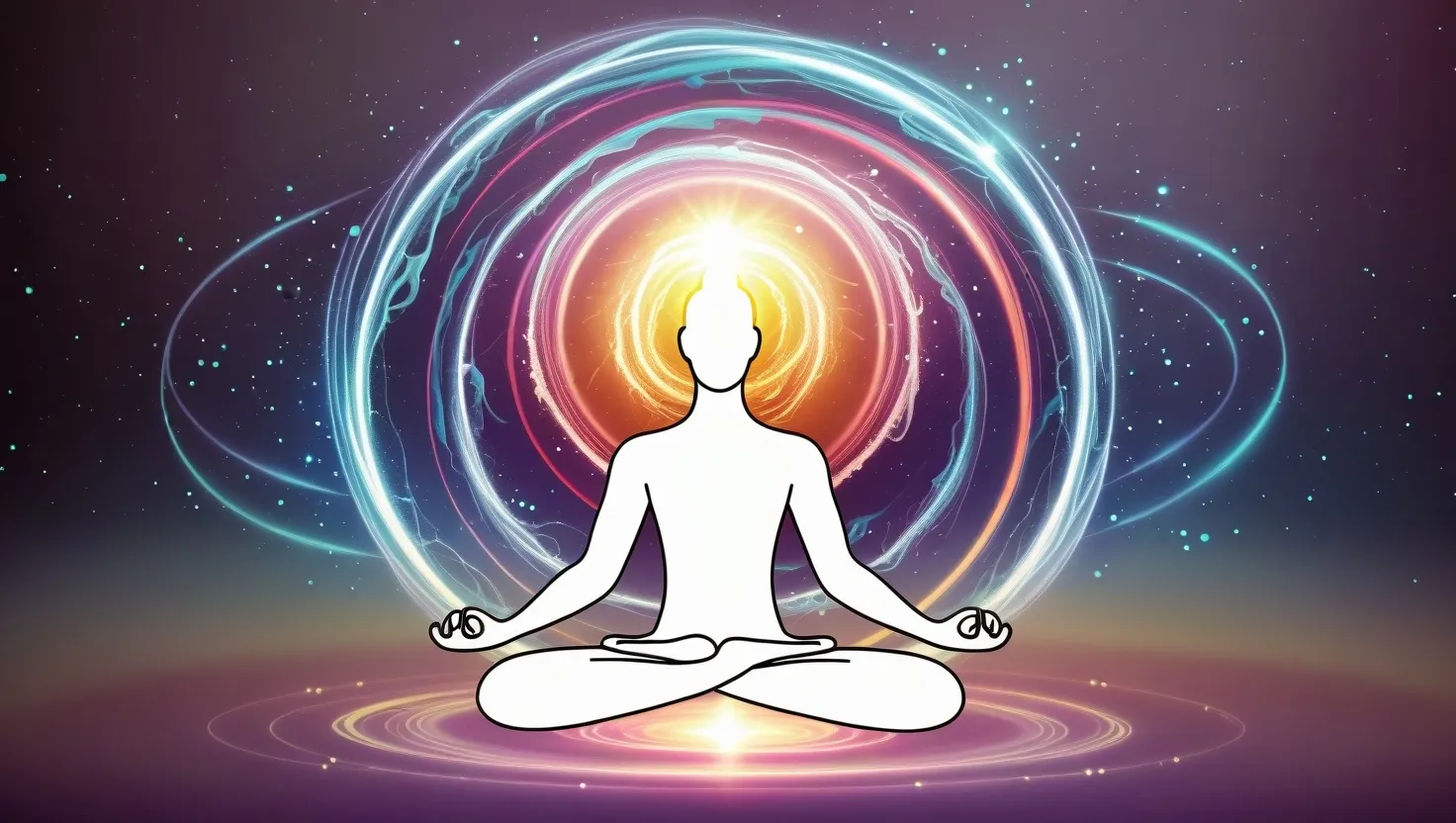
10 Powerful Vedic Mantras for Spiritual Growth and Transformation
Discover the power of Vedic mantras for spiritual growth and personal transformation. Learn how sacred sounds connect you with cosmic energies, fostering positive change. Explore key mantras today.
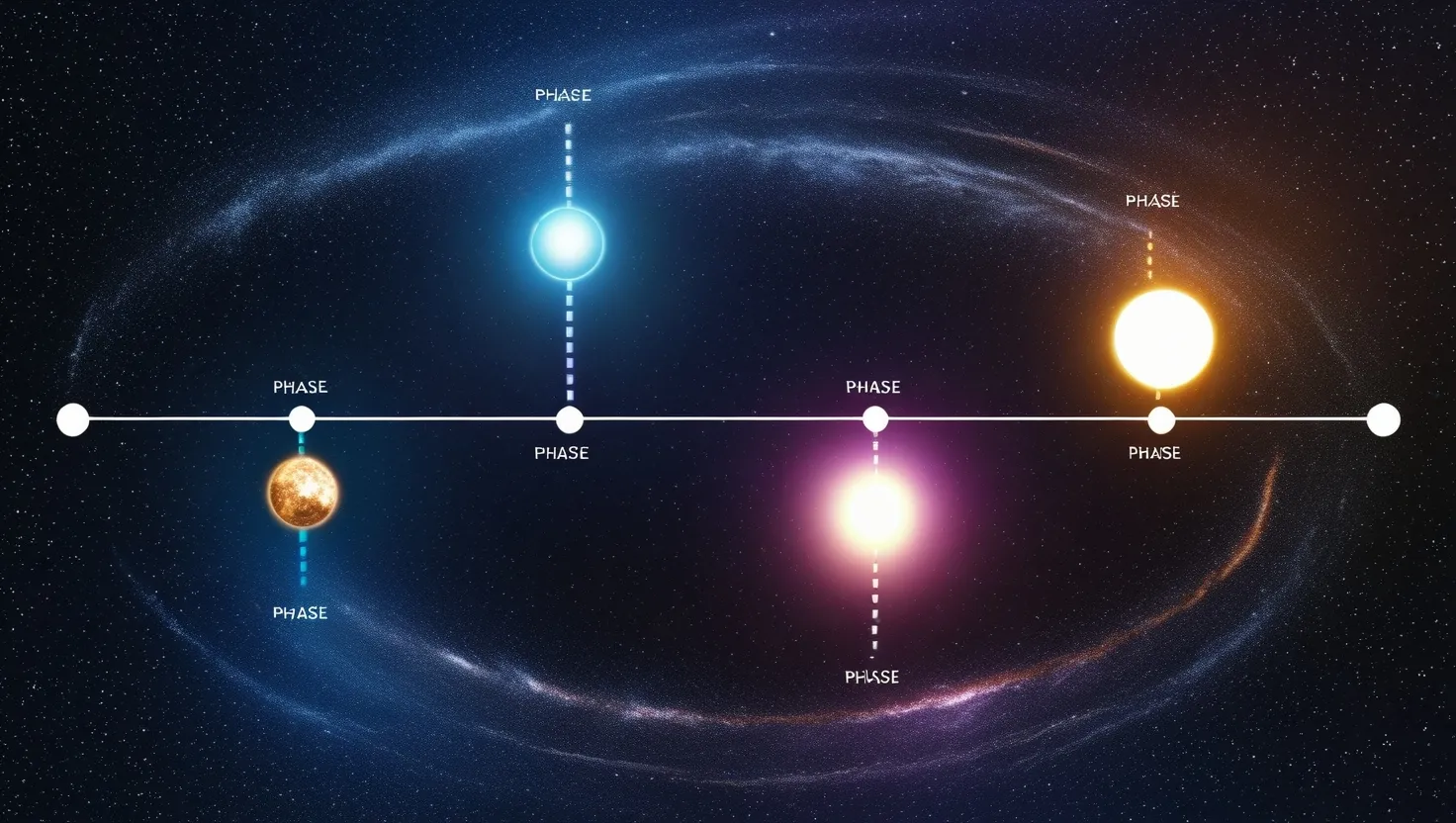
Vedic Time: Exploring Cosmic Cycles and Universal Rhythms
Explore Vedic cosmology's profound view of time as cyclical, not linear. Uncover the Yugas, Kalpas, and cosmic cycles shaping our universe. Gain cosmic perspective on existence.
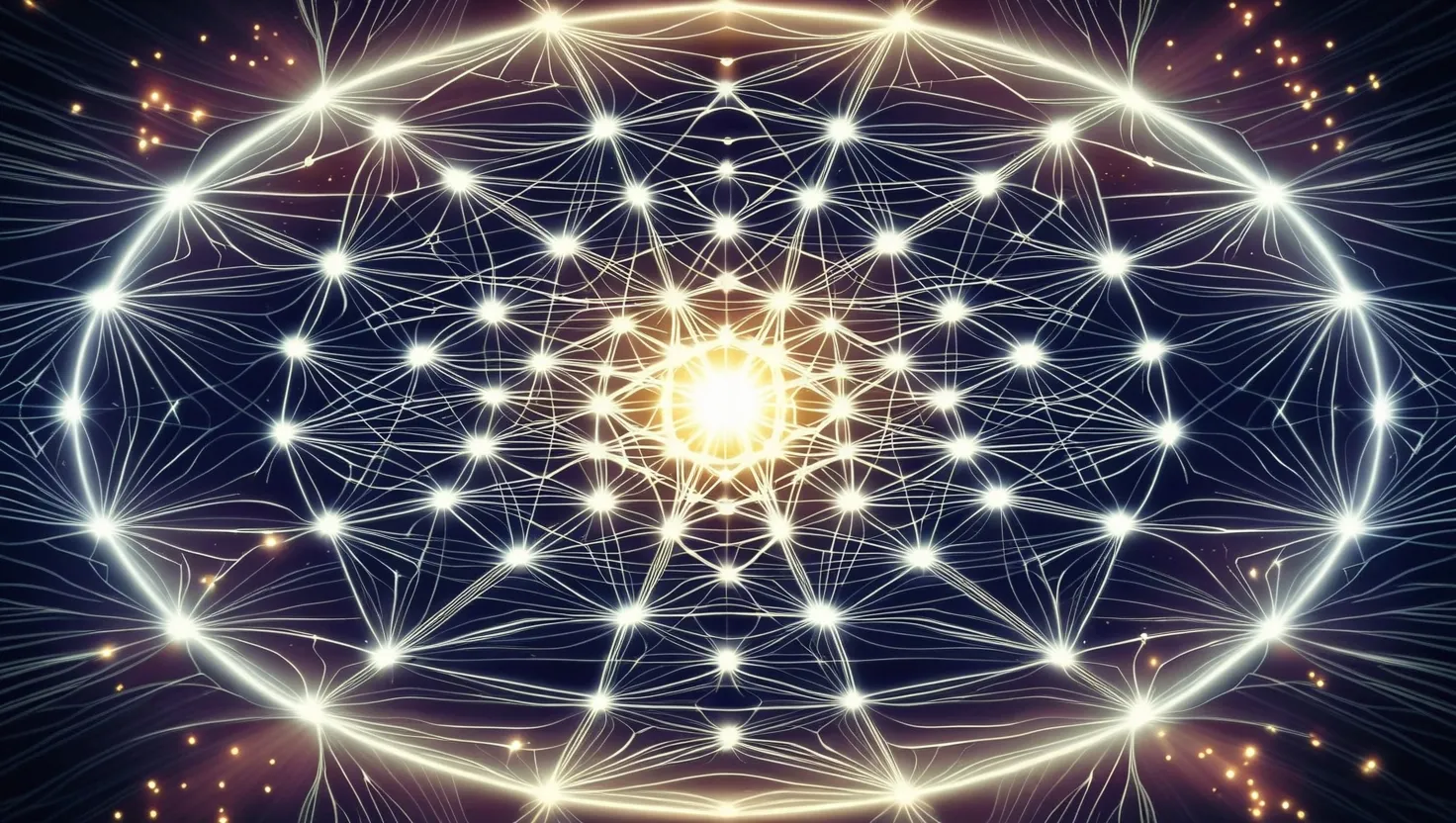
Vedic Wisdom Unveiled: Ancient Insights on Consciousness for Modern Minds
Explore ancient Vedic insights on consciousness. Discover how universal awareness shapes reality and impacts modern thought. Learn about states of consciousness beyond waking life.
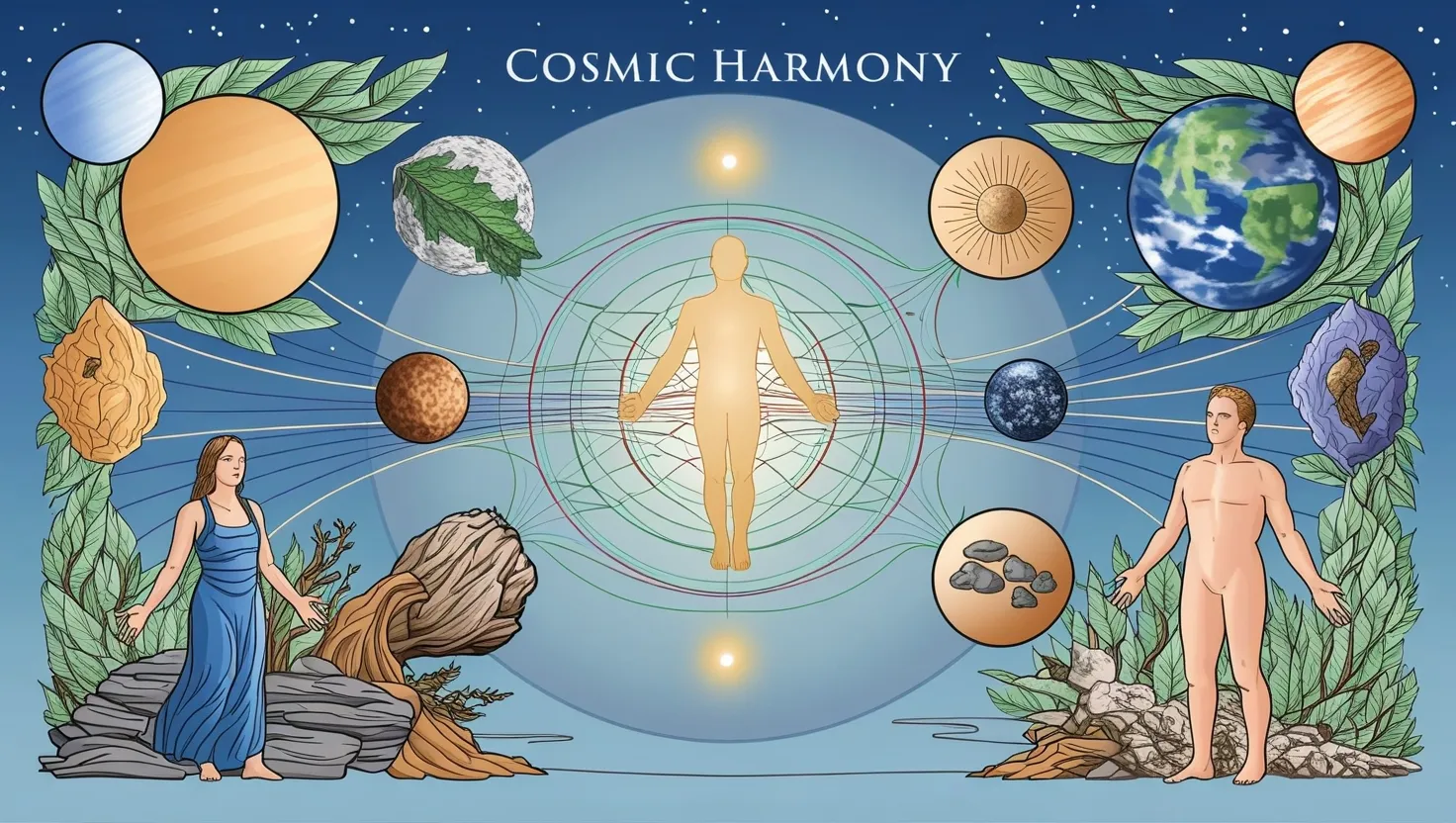
Rta: The Cosmic Order Shaping Your Life and Universe
Explore Rta, the cosmic order in Vedic philosophy. Discover how this natural law governs the universe and shapes human life. Learn to align with cosmic harmony. #VedicWisdom #CosmicOrder
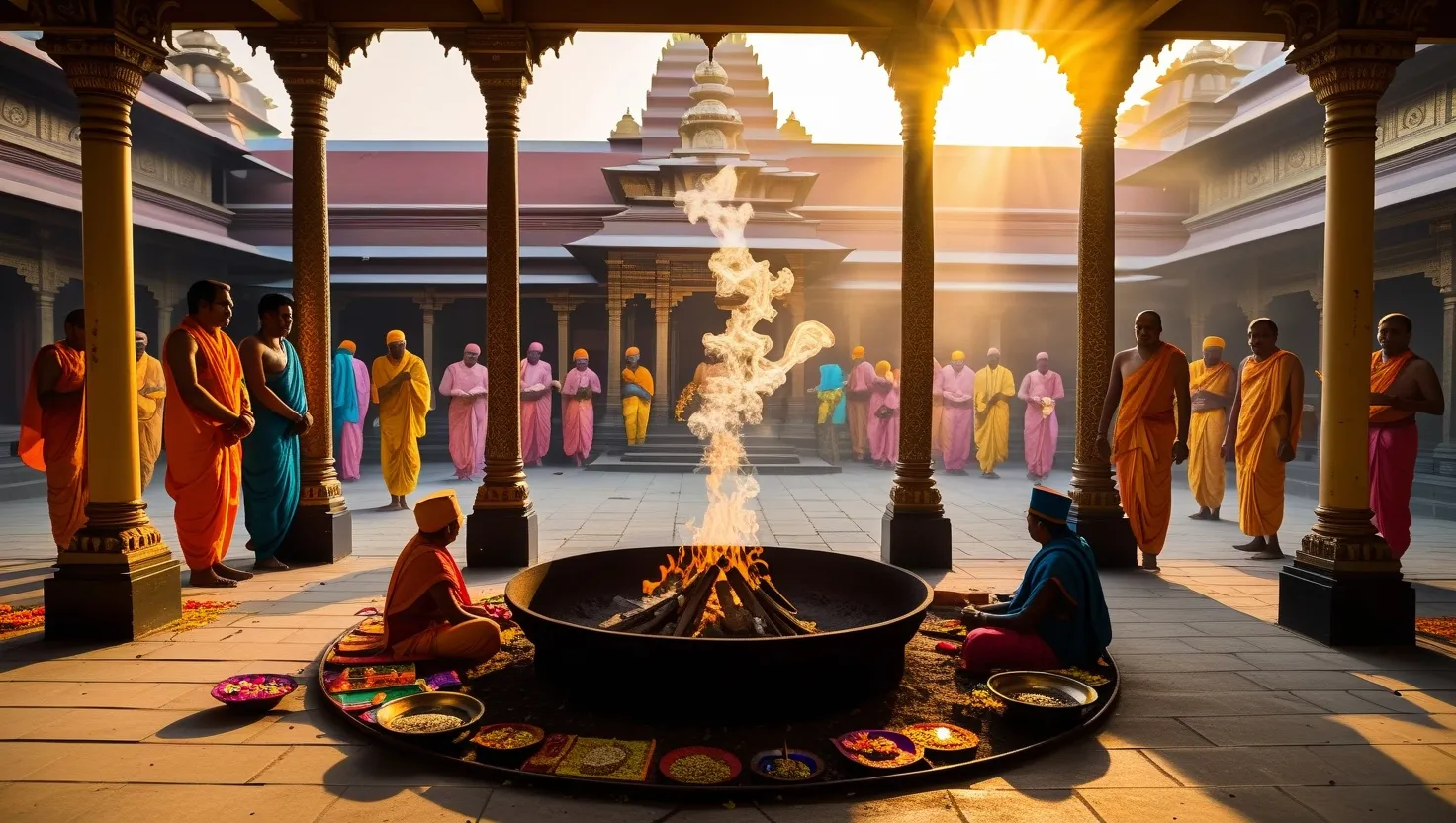
Vedic Rituals: Timeless Gateways to Spiritual Wisdom and Harmony
Explore the profound significance of Vedic rituals in Hindu spirituality. Discover how these ancient practices connect humans with the divine and cosmos. Learn their relevance today.
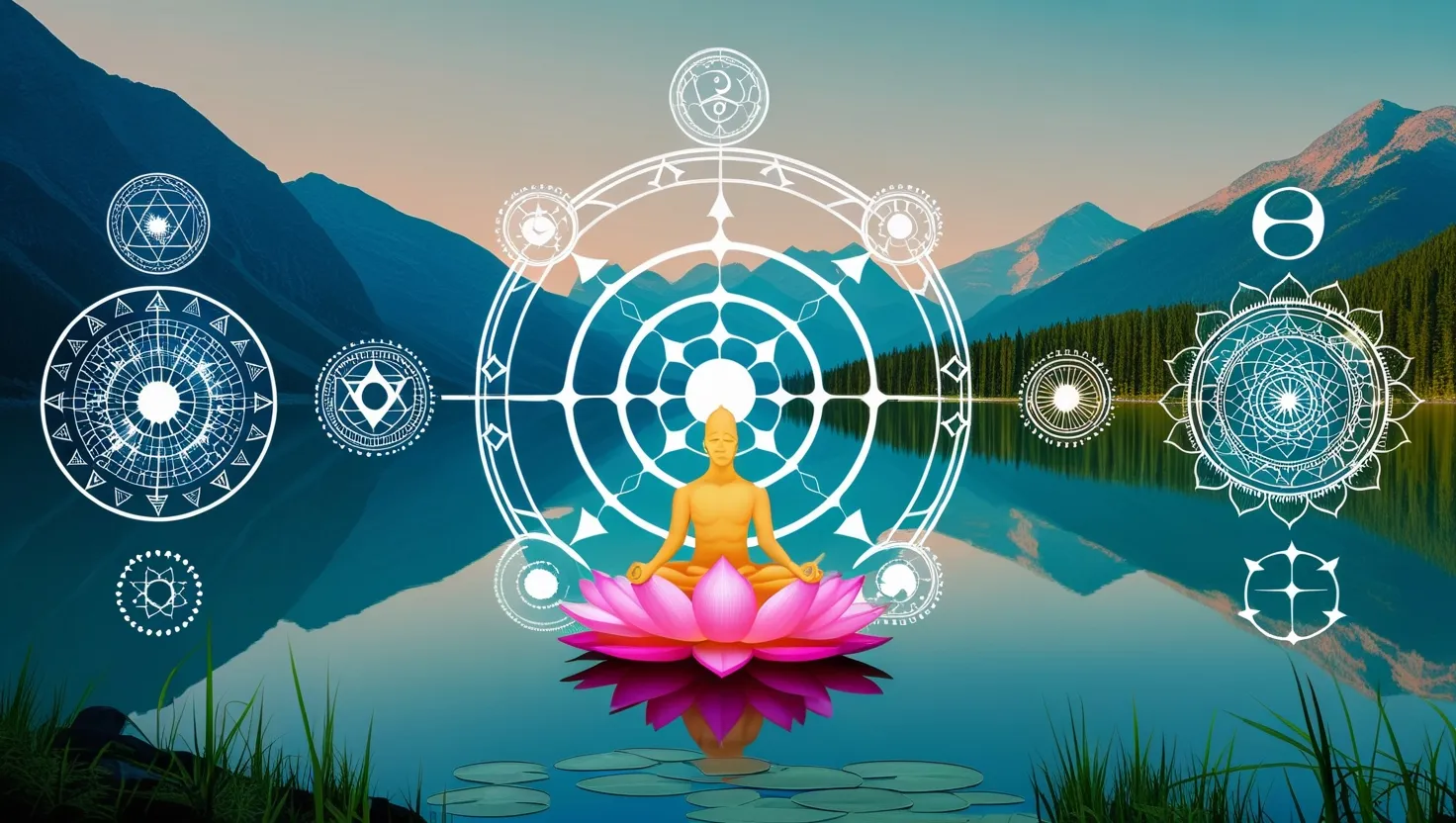
The Vedas Unveiled: Key Concepts Shaping Hindu Philosophy and Spiritual Growth
Explore the core concepts of Vedic philosophy: Brahman, Atman, Karma, Dharma, Moksha, Maya, and Yoga. Discover ancient wisdom for modern life and spiritual growth.

Ancient Vedic Practices for Modern Stress Relief: 5 Effective Techniques
Discover ancient Vedic practices to manage modern stress. Learn breath control, meditation, chanting, and more for inner peace. Transform your daily life with timeless wisdom.
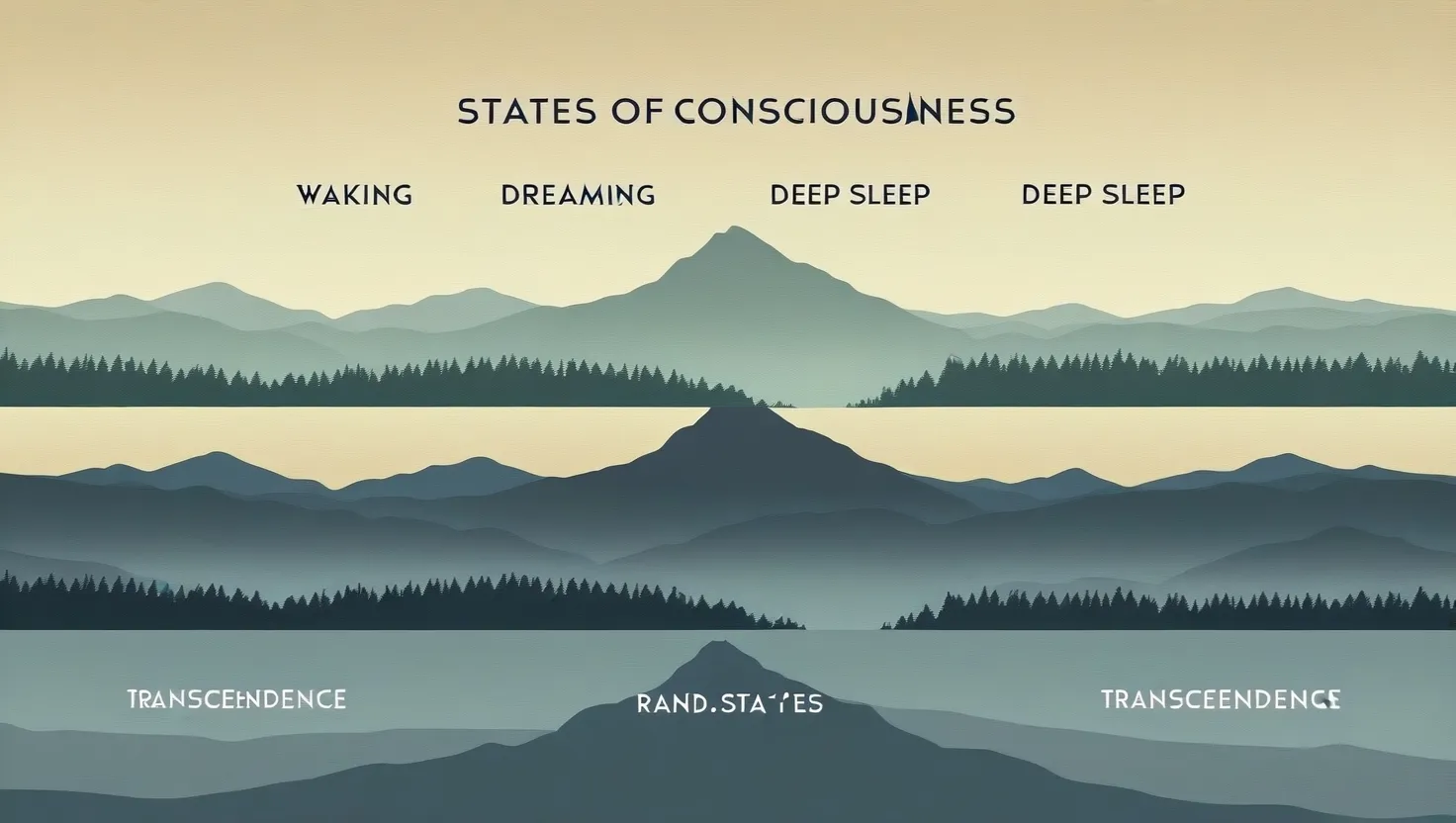
Unlocking the Mind: Vedantic States of Consciousness Revealed
Explore Vedantic states of consciousness: waking, dreaming, deep sleep, and Turiya. Discover insights into the nature of reality and self-awareness. #Vedanta #Consciousness
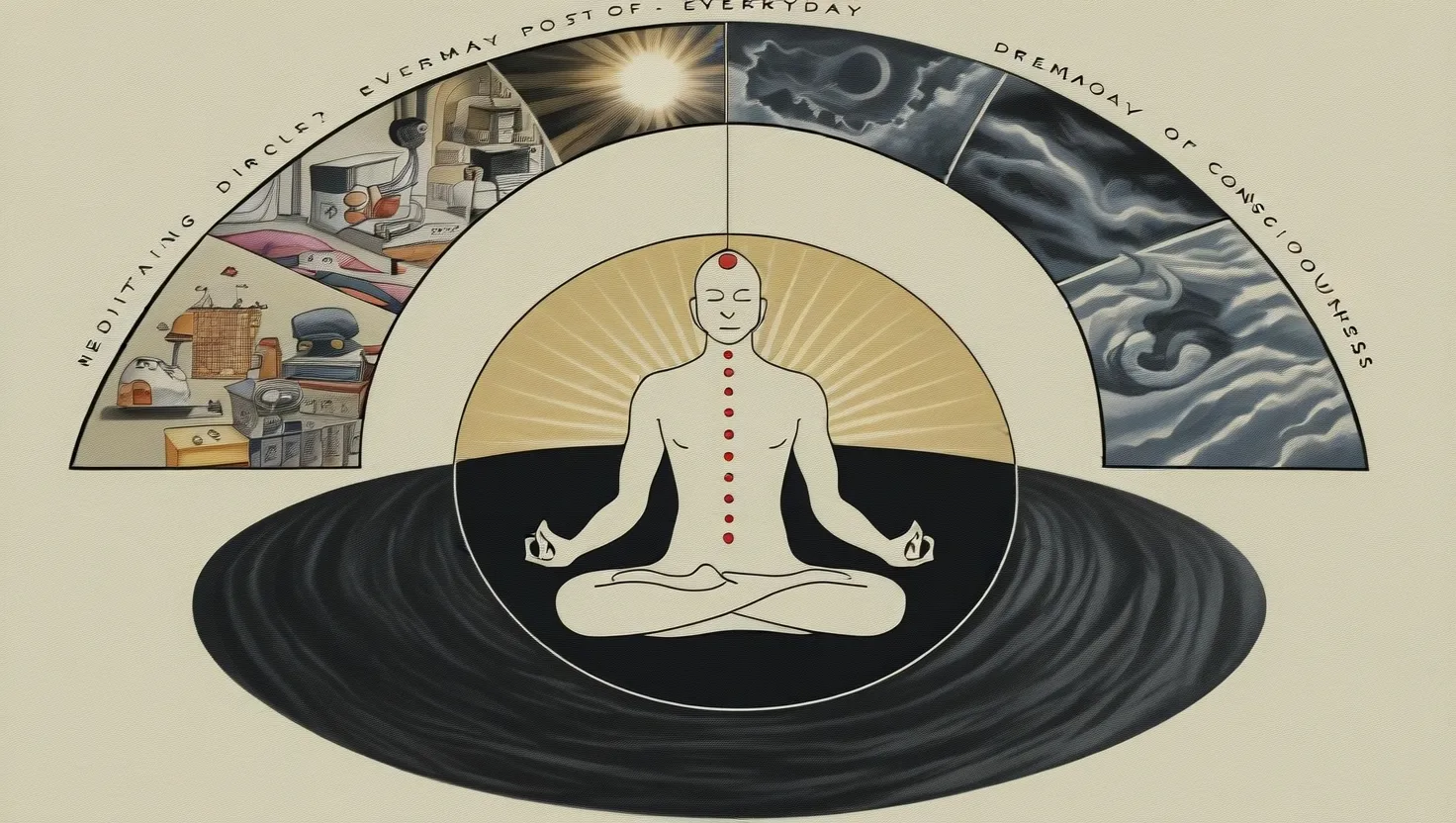
Unveiling the Mind: Ancient Secrets of Consciousness States in Vedantic Psychology
Explore Vedantic states of consciousness: waking, dreaming, deep sleep, and Turiya. Uncover the nature of reality and self-awareness in this journey through consciousness levels.
